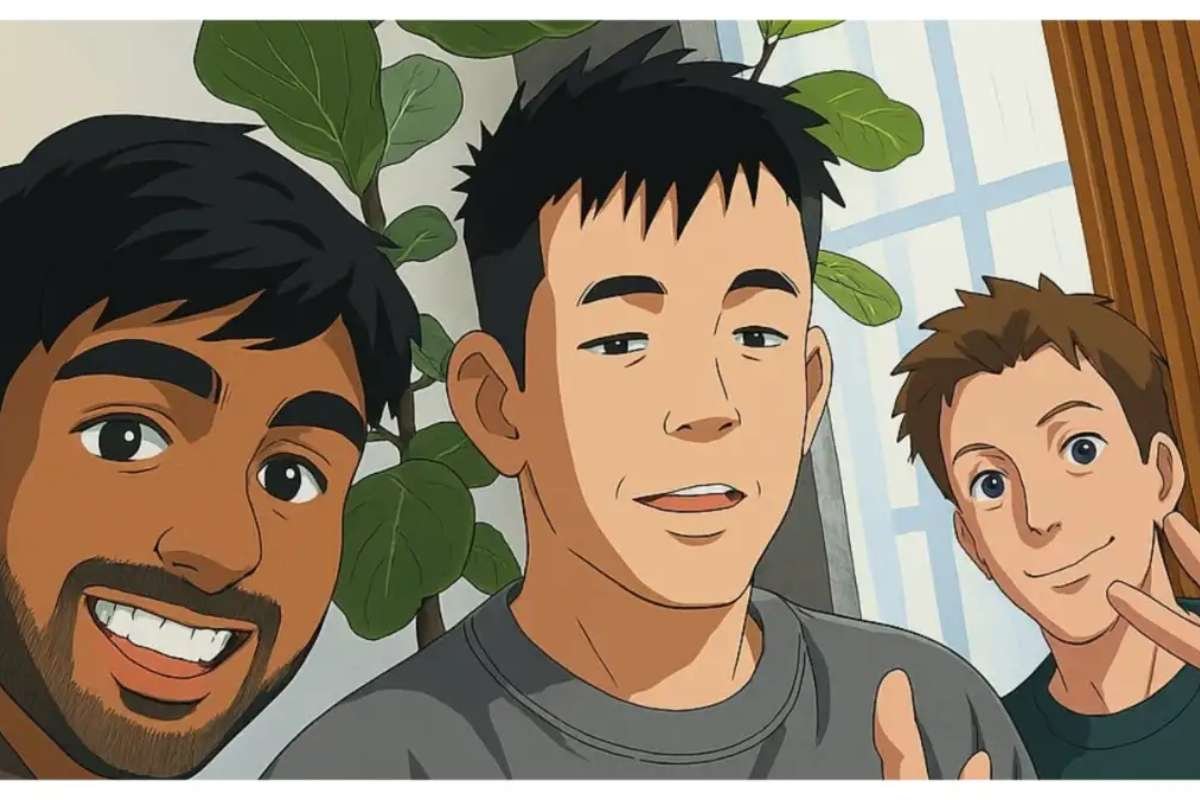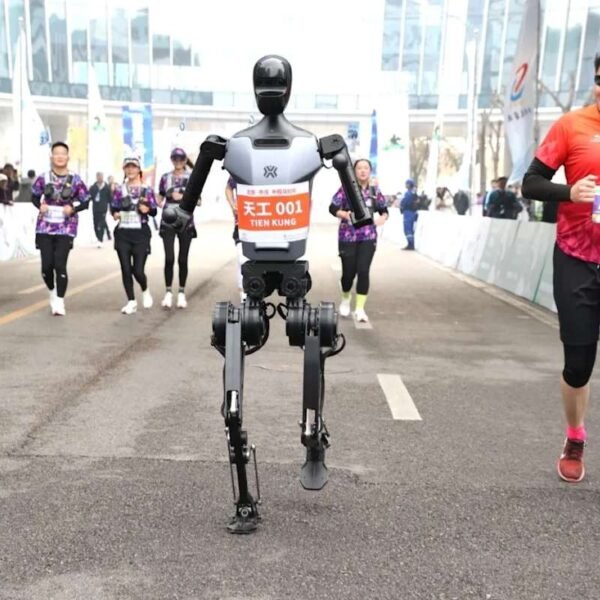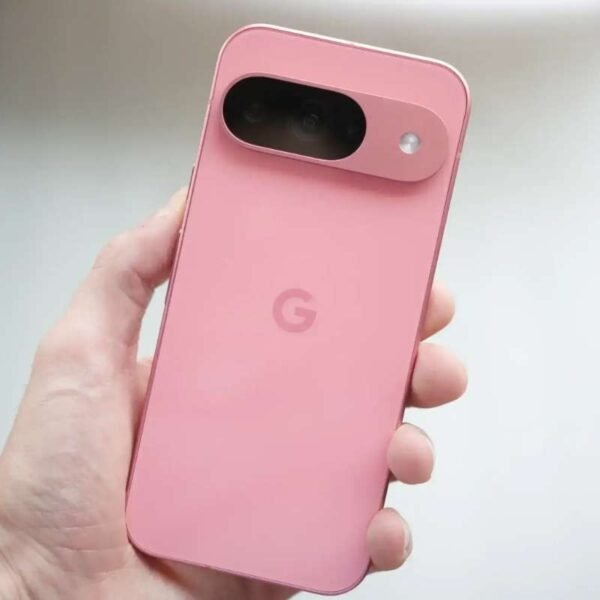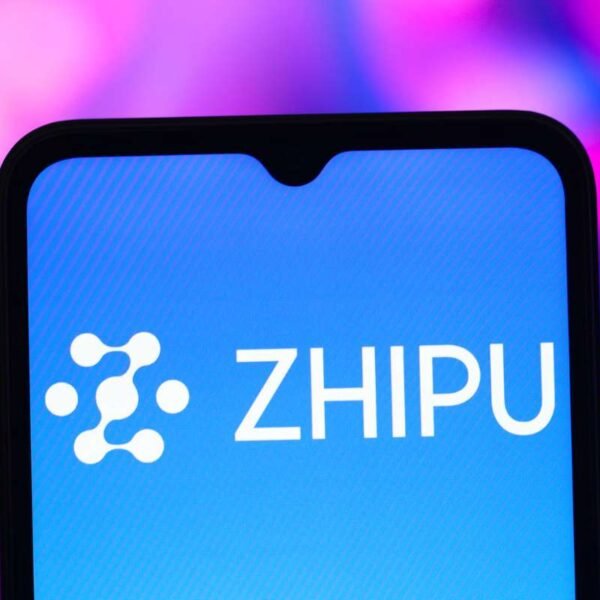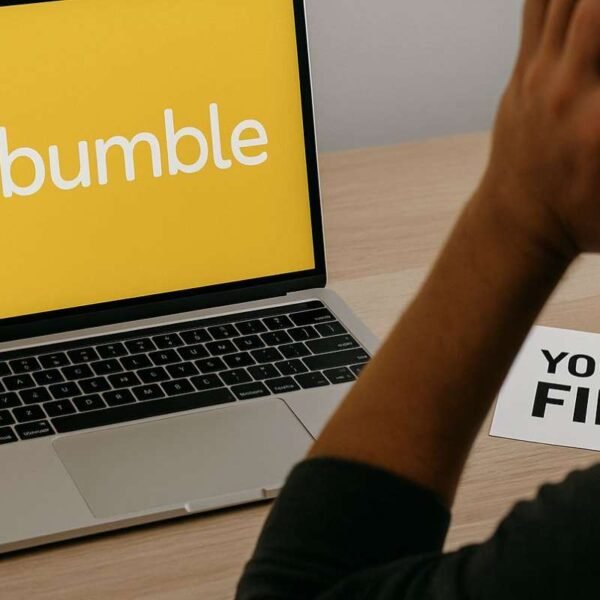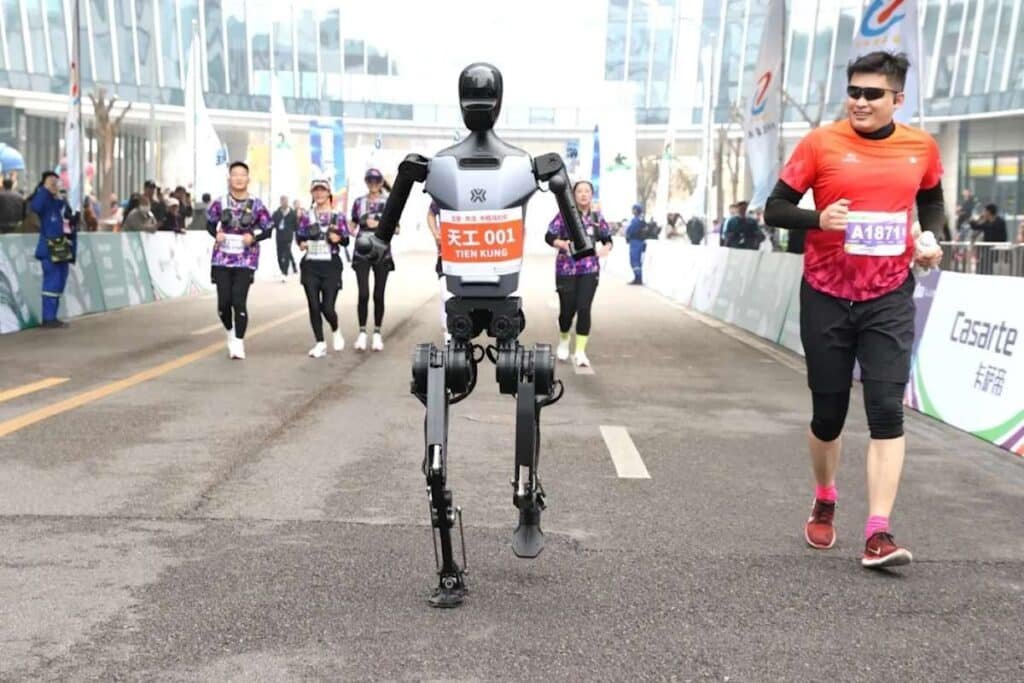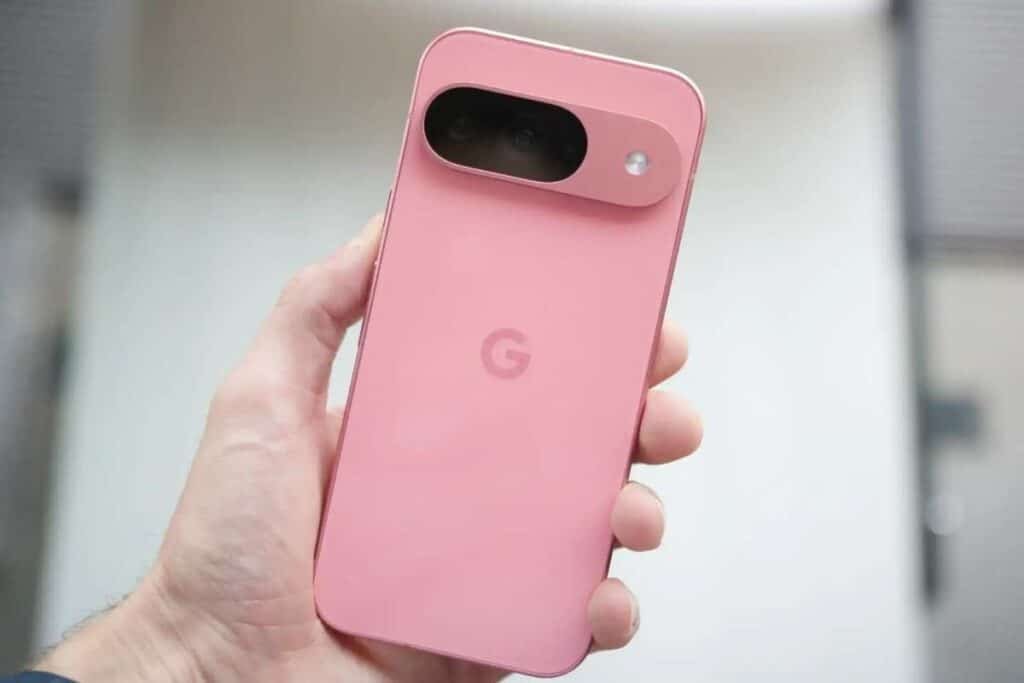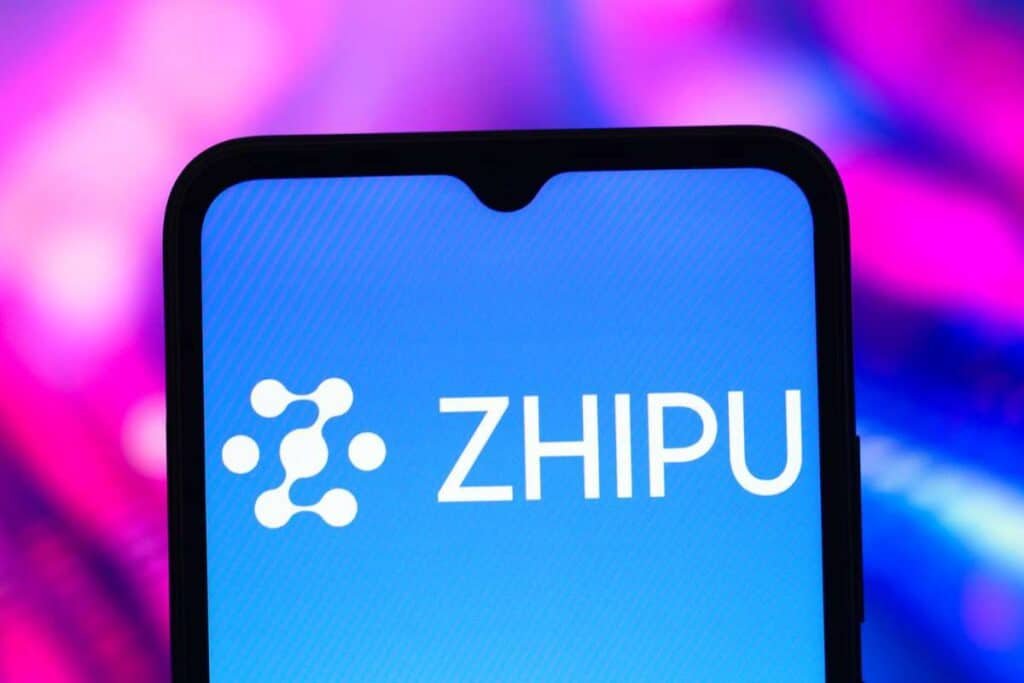Massive Demand for AI-Generated Ghibli Art Causes Disruptions
OpenAI’s ChatGPT experienced widespread disruptions as users flocked to the platform to generate images in the style of Studio Ghibli’s renowned animations. The surge in demand followed the release of OpenAI’s latest image-generation update within ChatGPT-4o, which allowed users to create illustrations resembling the iconic hand-drawn animation style made famous by legendary filmmaker Hayao Miyazaki.
Many users reported issues accessing ChatGPT, with complaints pouring in from various parts of the world. According to DownDetector, a website that tracks online service outages, there were 229 reports regarding OpenAI’s platform, with 59% of those related to ChatGPT’s functionality. The service struggled to keep up with the influx of users eager to experiment with the new image-generation feature, leading to temporary disruptions.
OpenAI Acknowledges Technical Challenges Amid Popularity Surge
The unprecedented demand for AI-generated Ghibli-style images put immense strain on OpenAI’s infrastructure, with company executives admitting that their systems were overwhelmed. OpenAI CEO Sam Altman addressed the issue on social media, acknowledging the high level of user engagement while also highlighting the strain on the platform’s computing resources.
“It’s super fun seeing people love images in ChatGPT, but our GPUs are melting,” Altman posted on X (formerly Twitter) on March 27. He explained that OpenAI would need to implement temporary rate limits to manage the surge in usage and maintain service stability.
To prevent further outages, OpenAI announced that users on ChatGPT’s free tier would soon be limited to three AI-generated image requests per day. This move is aimed at balancing accessibility while ensuring that the platform remains operational for all users.
Growing Interest in AI Art and Future Implications
The popularity of OpenAI’s new image-generation tool highlights the increasing interest in AI-assisted creativity, particularly among fans of animated films. The ability to recreate Studio Ghibli’s distinct artistic style using artificial intelligence has fascinated users worldwide, further showcasing how AI is reshaping digital artistry.
Despite the technical hiccups, the enthusiasm surrounding the feature suggests a growing demand for AI-powered design tools that allow users to produce high-quality, stylized artwork with ease. OpenAI’s challenge now lies in optimizing its infrastructure to handle surges in activity while maintaining seamless user experiences.
As AI-driven creativity continues to evolve, companies like OpenAI will need to find ways to balance innovation with scalability. For now, fans of Studio Ghibli will have to exercise patience as OpenAI works to stabilize ChatGPT’s image-generation capabilities and ensure that users can continue exploring AI-generated art without overwhelming the system.

